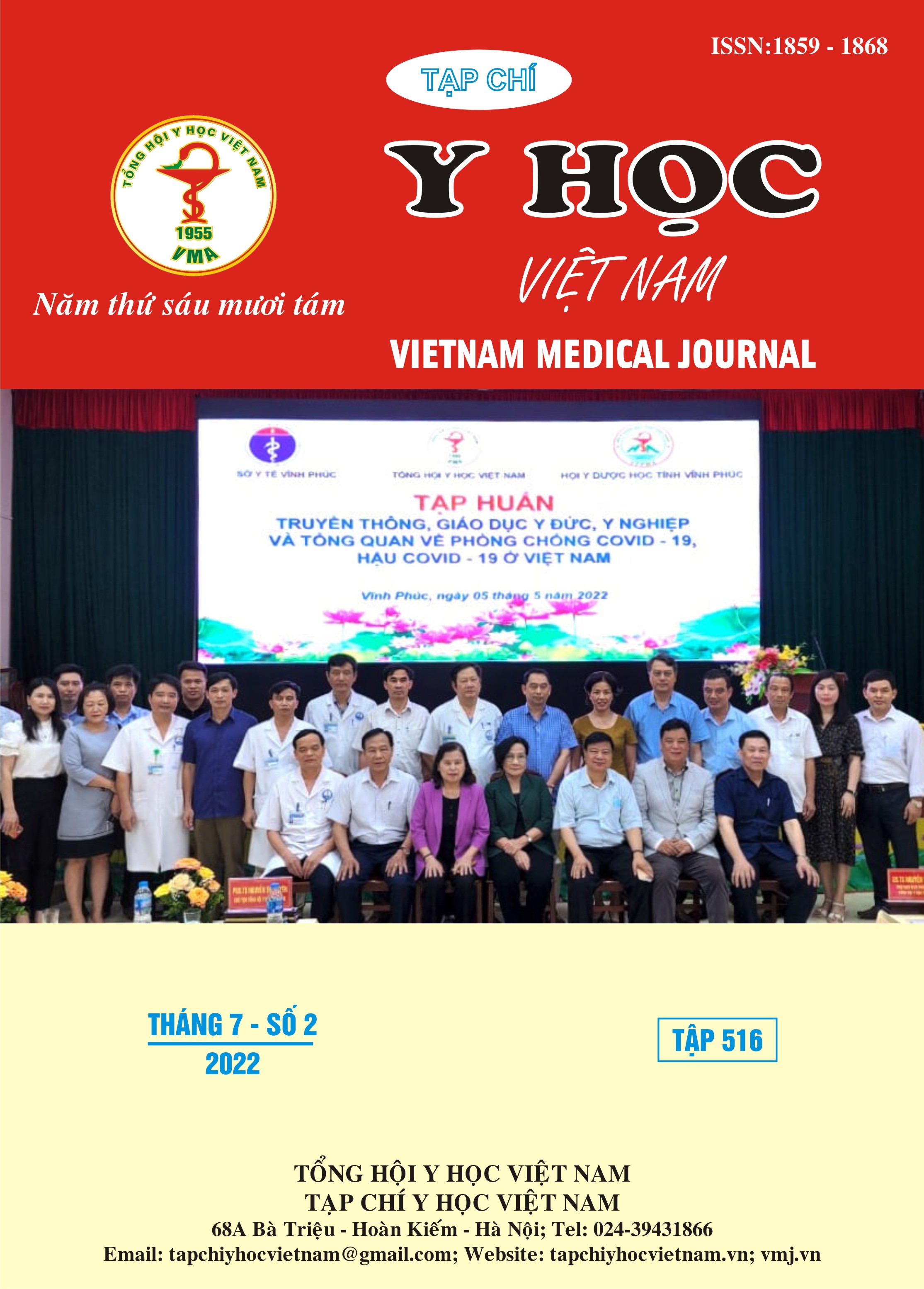SOME MAJOR REASONS CAUSING ERRORS FROM VIETNAM EXTERNAL QUALITY ASSESSMENT SCHEMES
Main Article Content
Abstract
External quality assessment schemes (EQAs) is a very important tool in quality control. It is used to control test results, the external quality assessment results of each hospital reflect the majority of its quality in medical laboratory, which is one of the mandatory requirements of Ministry of Health [1],[2],[3],[4],[7]. This study analyzed the EQAs data from the medical laboratories in 2021, compared to the past period, so that we can evaluate if there are improvements or not and find out the reasons that caused the errors. Results: The error area has been gradually narrowed through the implementation process, specifically, the Biochemistry, Hematology, Immunology, Clinical Microbiology, Urinalysis,…. The error is gradually approaching the target point (0%), particularly, PCR-HCV recorded a relatively high error in the current year (26.5%) compared to the first year of implementation (14.5%). Three major reasons causing the errors in EQAs are: (1) Unsuitable registering method, (2) Reagents don't meet the quality, (3) Range of the EQAs concentration.
Article Details
Keywords
External quality assessment schemes (EQAs), medical laboratory, z-score
References
2. Bộ Y tế (2013), Thông tư hướng dẫn thực hiện quản lý chất lượng xét nghiệm tại cơ sở khám bệnh, chữa bệnh, số 01/2013/TT-BYT, Hà Nội.
3. Trần Hữu Tâm (2015), Ngoại kiểm tra chất lượng xét nghiệm - tái bản lần 1, NXB Y học, TP.Hồ Chí Minh.
4. Clinical and Laboratory Standards Institute (2008) Assessment of laboratory tests when proficiency testing is not available; Approved Guideline – Second Edition, CLSI document GP29-A2, Vol.28(21), Wayne.
5. International standard (1991) Shewhart control charts (ISO8258:1991), Geneva.
6. International standard (1997) Cumulative sum charts — Guidance on Quality Control and data Analysis using CUSUM Techniques (ISO7871:1997), Geneva.
7. World Health Organization (2011), Laboratory Quality Standards and their Implementation – South-East Asia Region, Annex 5, pp.39-45, Geneva.


